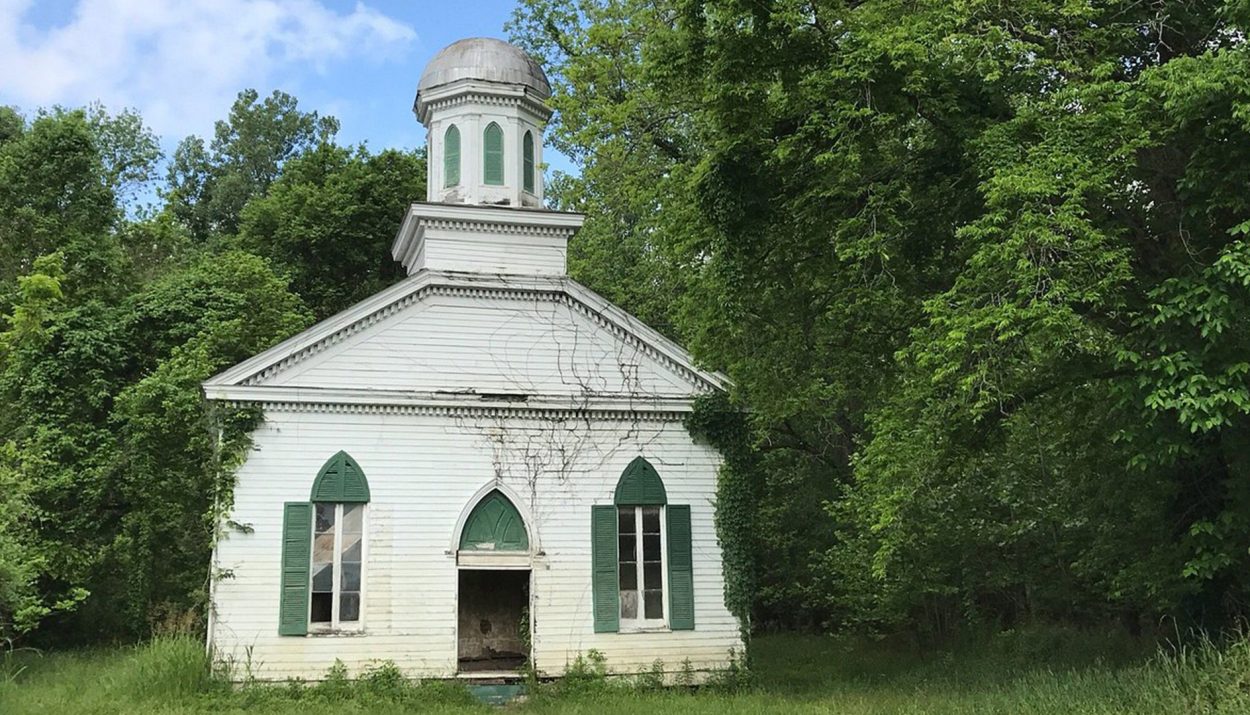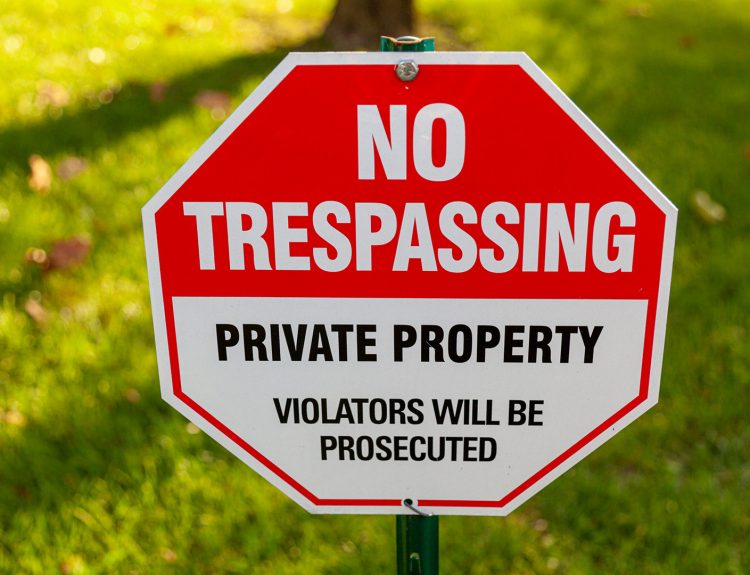The ghost town that’s not actually a ghost town. Rodney is a former city in Jefferson County, about 32 miles west of northeast Mississippi. It was once so important that it almost became the capital of Mississippi.
Today, it’s an abandoned town with only a handful of residents. Come explore the hidden secrets in every worn brick, resurrecting the history that’s nearly been forgotten with time.
Rodney’s Beginnings
Rodney was first known as Petit Gouffre (meaning little chasm) during the eighteenth century and was inhabited by the French. Then Rodney was seized by Britain when the French and Indians were at War. Spain was next to claim ownership of it after taking West Florida from the British in 1781.

Spain ruled Rodney for a while then sold it to none other than Thomas Calvit in 1798. The town got the name Rodney in 1814. It was named after Judge Thomas Rodney, a well-known territorial magistrate who conducted the famous Aaron Burr hearing.
Cotton Riches And River Commerce
The cotton era made a lot of men and towns rich and Rodney was no different. This made Rodney a business hub for local and river travelers alike. To be more efficient they had machines like cotton gins that cleaned, processed, and prepared cotton seeds. They also had machines to help move goods along the river to its next port.
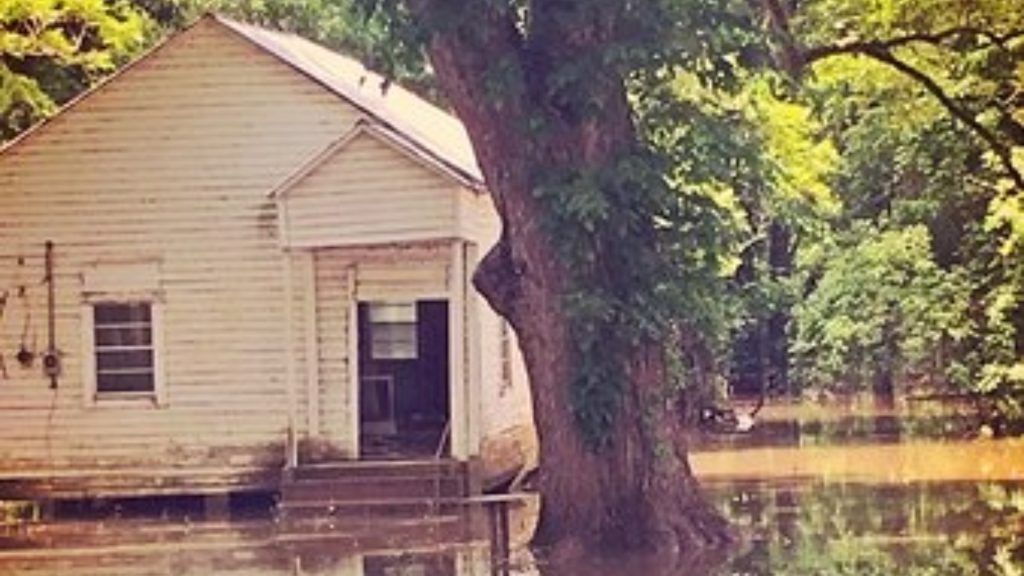
The town also served as an important shipping point along the Mississippi River aiding its growth and prosperity.
Trouble On The Horizon
Nothing good ever lasts forever as it’s always said. Despite the good intentions to make a home here, Rodney was dealt several blows that forever changed life in this local town.
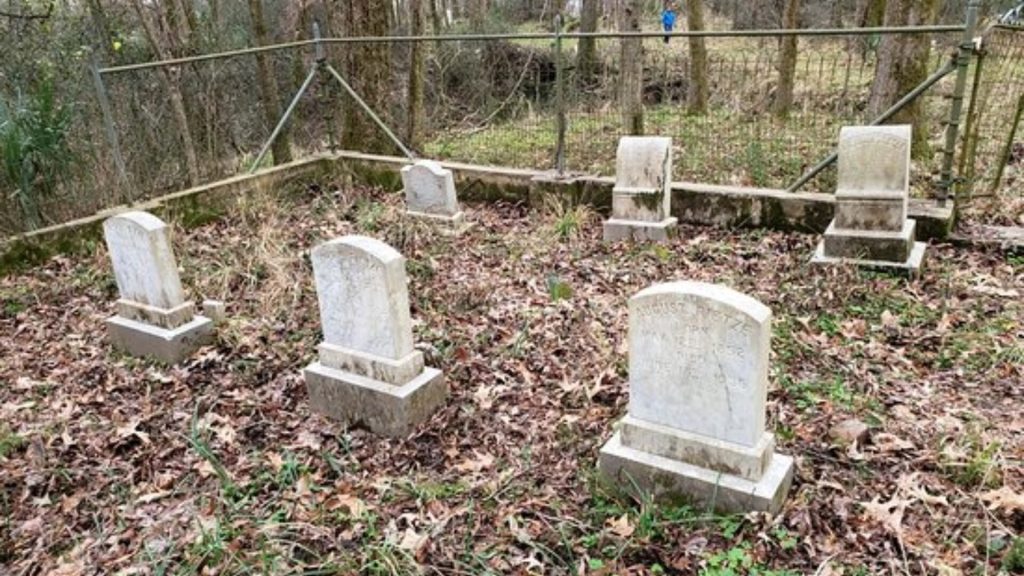
To mention a few, they had, the Civil War, shifts in the course of the Mississippi River, fires, and of course, the yellow fever endemic. In 1843, Rodney suffered a yellow fever outbreak so serious that it was reported in the National newspaper. Four years later, the fever struck again but this time it was short-lived.
Rodney In Flames
The town, or rather what was left was only a fraction of what it once was. The only surviving structure we know is somehow connected to the forgotten town is the Rodney Presbyterian. There were three documented fires that destroyed the early Rodney building. The first happened in 1837, 1852 and 1869.
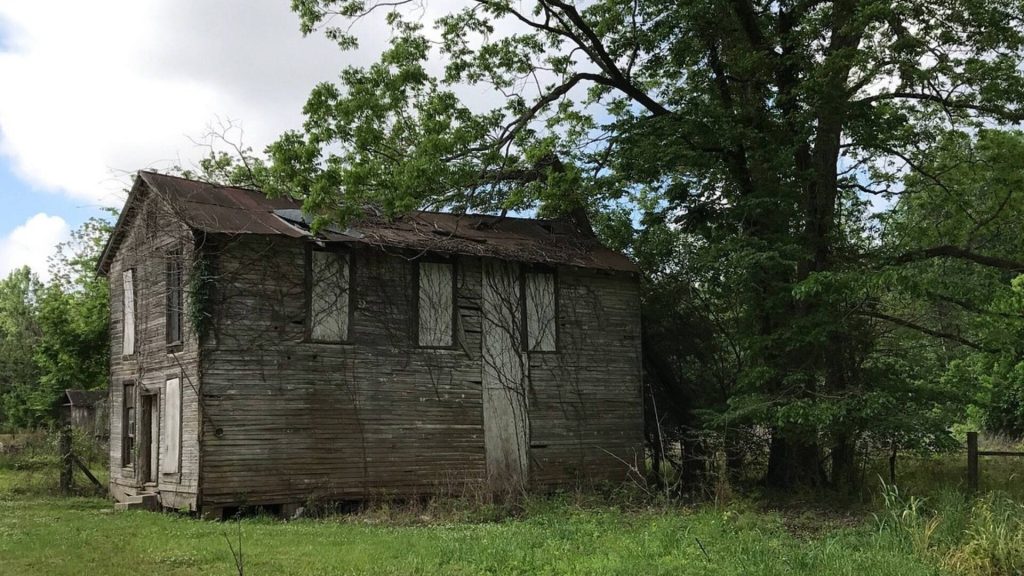
The first outbreak was reported by the Rodney Telegraph to be a result of an incendiary. This outbreak resulted in losses of property worth more than $13,000. The second is said to have broken out of the Rodney Kitchen.
The American Civil War
The American Civil War did a lot of damage to the nation and Rodney was no exception. One event that stands out is when Confederate soldiers captured Union soldiers attending service at the Presbyterian in September of 1863. Another striking event occurred in 1864. Under the command of Maj. Gen Napoleon of the Vicksburg District, the town was raided.
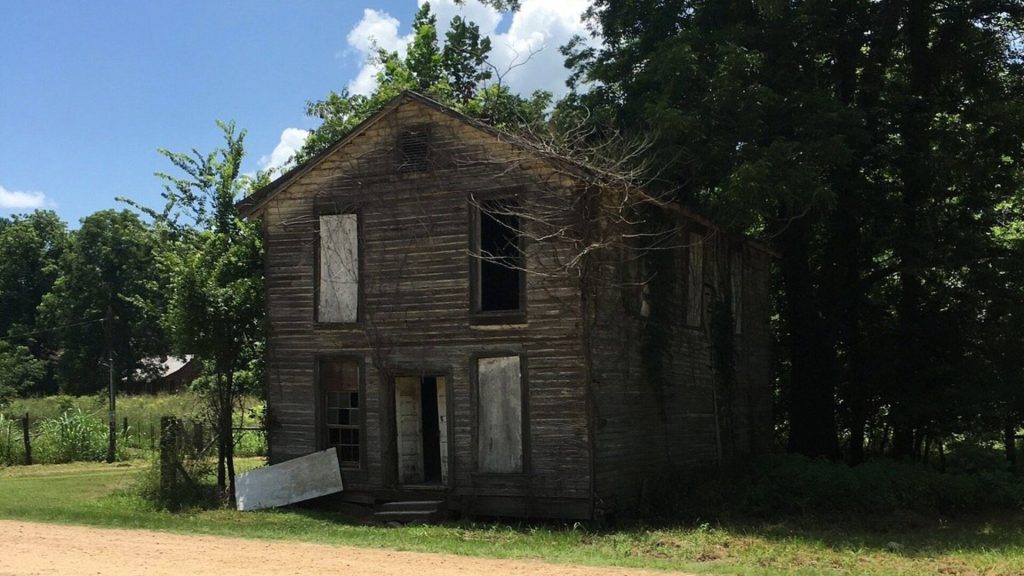
Though Rodney didn’t play home to any great battles, the war did leave its mark. The land was stripped of food, livestock, and slaves by Union troops. All this spelled the end for this once-thriving city.
Nature’s Cruel Twist
There wouldn’t be a Rodney without the Mississippi River. Eventually, there was no Rodney without it. The city was one of the most visited riverports that was between New Orleans and St. Louis. However, disaster struck in 1864. A sudden sandbar started to form in the Mississippi River and the course of the river changed, leaving Rodney with nothing.

The town was almost 3 miles away from the Mississippi River by 1940. Rodney had been separated from its source of wealth and because of the aftermath of the war, the town slowly began to die.
Flood Concerns
While the Mississippi River had moved far from Rodney’s reach, it did pay occasional visits to the town. Rodney suffered from terrible floods that shook the town especially the ones in 1912, 1927, and 1935.

As recently as 2011, another wrecking flood season struck. All this contributed to further stealing life away from the town.
The Mass Exodus
The Jackson & Columbus Railroad that bypassed Rodney caused its population to decline further. The last full-time pastor of the church had to resign in 1923. When he left, the congregation was just 16.
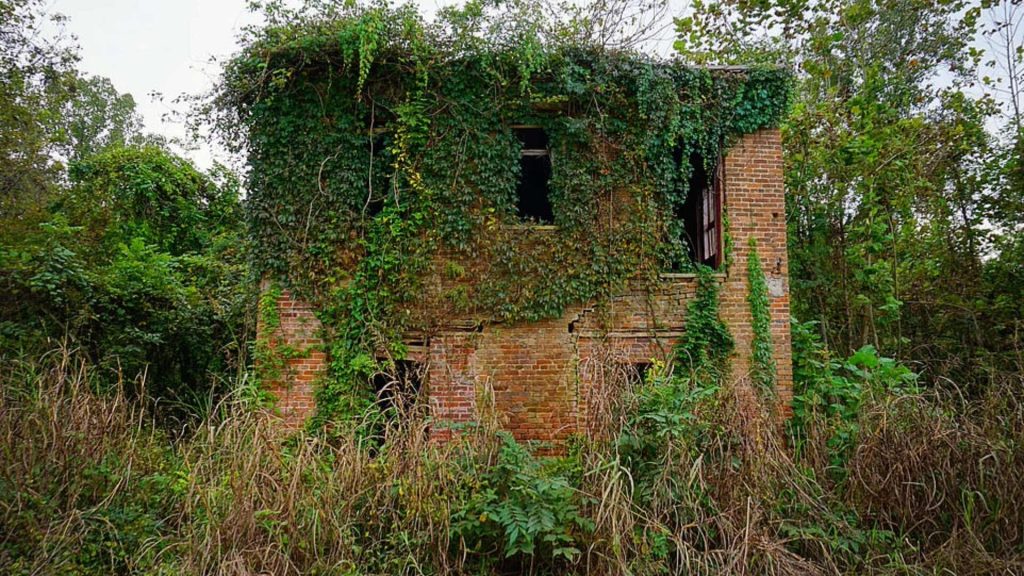
Though many people still lived in Rodney in 1930, its status as an ‘official’ town was rescinded by Governor Theodore Bilbo. By 1933, less than a hundred people were left in it.
Rodney’s Early Infrastructure
Rodney was known as one of the most important seaports in the country at that time. This accelerated its growth. The town had grown to about 1000 residents with two banks, a newspaper house, 35 different stores, a large hotel, and several churches and schools. All this happened during the early 1850s.
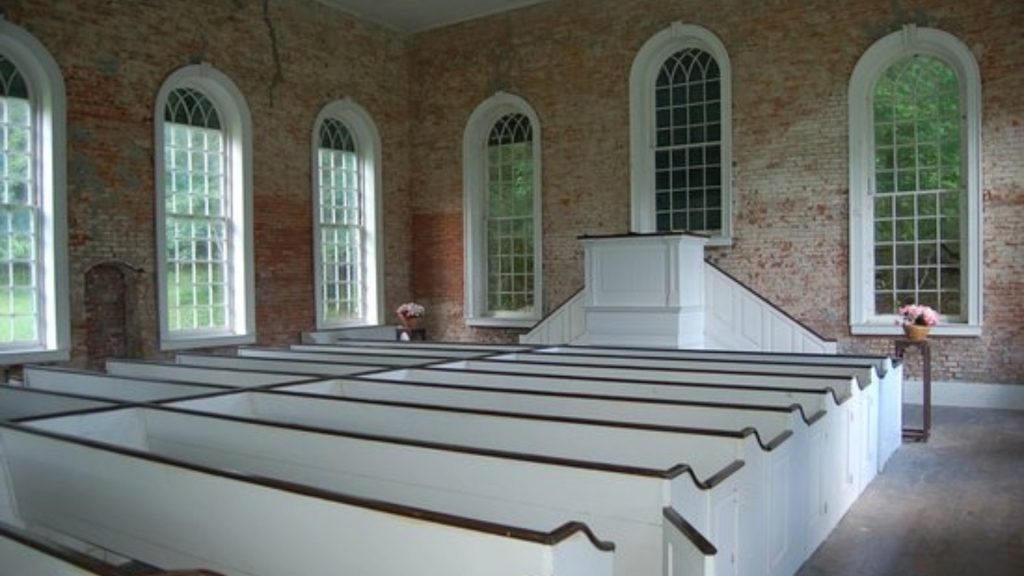
The first church to be built in Rodney was the Presbyterian followed by Mt. Zion Baptist church then the Catholic Church. The front doors of the Baptist church stand open today, showing remains of what was once an important building.
The Remains Of Rodney’s Past
The Baptist church was one of the last churches in Rodney that was actively used. Sadly, its interiors were ravaged by the floods in 2011. Some of the homes have been restored and are presently in use, but no businesses remain in the small town.
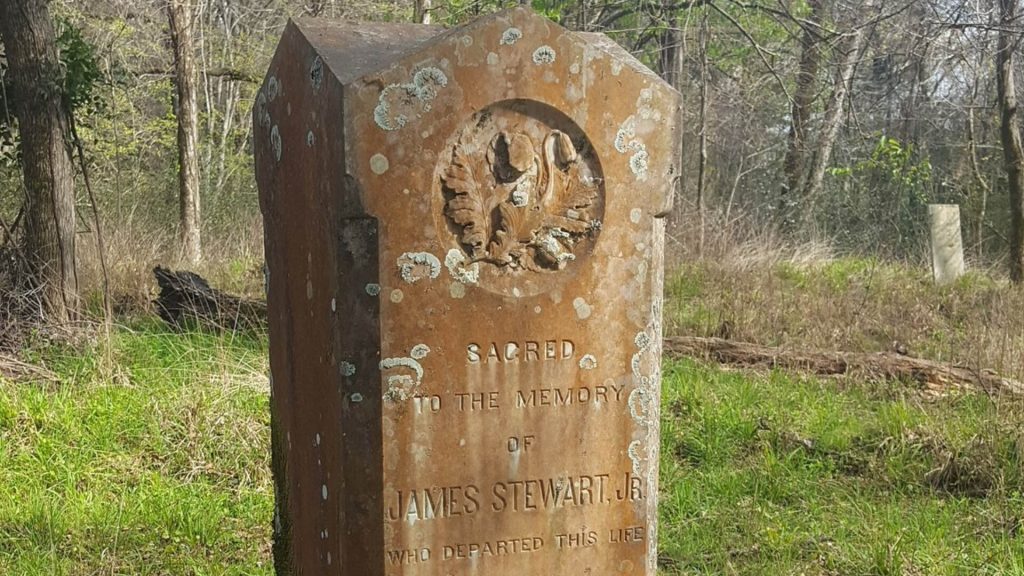
The town’s cemetery is located on the wooden bluff behind the Presbyterian church. It contains the remains of locals, river travelers, and folks from across the river from Rodney.
Is There Any Hope For Rodney?
History whispers through the leaves of trees and the chirps of birds in the area. For a place that was one ahead of the curve, it now lies locked in the past, completely unaffected by the changing world around it

Rodney perhaps provides a glimpse into the future too. A reminder that progress and nature’s whims can change even the most vibrant places into silent witnesses of a bygone era.

